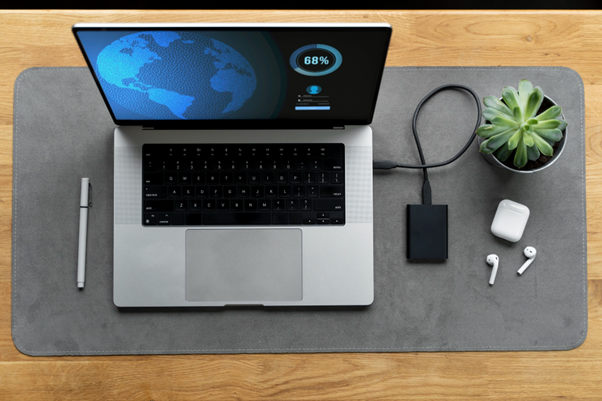People use Macbooks for different purposes and quite often people use two or even three monitors for their work. Users can meet obstacles while connecting external monitors. These hurdles may arise due to compatibility issues, cable limitations, or software configurations. Each monitor typically requires a specific set of connections, such as HDMI, DisplayPort, or USB-C, and ensuring that all the necessary ports are available on the Macbook and the monitors can be a challenge in itself.

Particularly when you’re trying to connect an additional monitor, encountering the often-reported issue of a macbook Pro not recognizing external monitor, can be quite frustrating. But fortunately, there are several reliable solutions to explore. From ensuring that your hardware connections are secure to adjusting your display settings, resetting the SMC, or even booting in Safe Mode, there’s a variety of ways to tackle this problem.
Identifying and Overcoming Connectivity Challenges
1. Inspect Your Hardware
Before you tackle more complicated strategies, it’s advantageous to begin with elementary checks. Conduct an assessment of your hardware to confirm that all is functioning properly. This evaluation encompasses reviewing your cables and connectors. For instance, should your MacBook Pro be equipped with a USB-C port and your monitor is compatible with HDMI, a USB-C to HDMI adapter will be necessary. A lack of a suitable cable or adapter could result in your MacBook not detecting the external monitor.

Ensure that all connections are secure and that the monitor is switched on. Loose connections or an inactive monitor may be the simple cause of your problem. In such cases, all you’ll need to do is to tighten your connections or power on your monitor.
2. Check Display Settings
Once you have ensured that your hardware setup is in order, the next essential step is to explore the display settings on your MacBook Pro. This crucial check will verify whether your MacBook Pro is appropriately configured to extend its display to an external monitor.
To do this, access the ‘System Preferences’ and select ‘Displays.’ Inside this menu, ensure that the ‘Mirror Displays’ option is unchecked. When this option is activated, your MacBook will duplicate its screen onto your external monitor, which might not be the desired outcome if your goal is to broaden your workspace.
However, if ‘Mirror Displays’ is deselected and your MacBook still fails to acknowledge the monitor, there’s a workaround. Press and hold the ‘Option’ key and then hit ‘Detect Displays.’ This maneuver forces your MacBook to manually identify any connected monitors.
3. Reboot the System Management Controller (SMC).
If the preceding actions do not produce the desired results, the next step is to reset the System Management Controller (SMC). The SMC on your MacBook Pro is in charge of several hardware functions, including the detection of external devices.
Source: freepik.com
Different MacBook models require different techniques for resetting the SMC, so make sure you follow the instructions for your individual model. In general, this procedure entails turning off your computer, unplugging the power adapter, and then pressing a precise key sequence before restoring the power and resuming.
4. Use Safe Mode
Safe Mode might be a useful tool for troubleshooting the failure of your MacBook Pro to identify an external monitor. Safe Mode can determine whether or not third-party software is causing the issue. To enter Safe Mode on your MacBook, restart it and immediately press and hold the Shift key. When you see the login window, release the key.
If your MacBook recognizes the external monitor in Safe Mode, then the issue is likely related to third-party software. You can then restart your MacBook to exit Safe Mode and begin identifying and addressing the problematic software.
5. Update Your Software
Keeping your MacBook’s software updated is not only good practice, but it can also help to solve and prevent potential issues with connecting external monitors. Bug patches are frequently included in software upgrades, which may alleviate difficulties that are preventing your MacBook from recognizing your external monitor.
To check for updates, navigate to ‘System Preferences,’ and then ‘Software Update.’ Download and install any available updates.
Adding additional monitors to your desk can boost your productivity and overall computing experience. While attaching an external display to your MacBook can be difficult at times, following these troubleshooting procedures should help you overcome any obstacles and enjoy a seamless digital work environment. Remember, when in doubt, start with the essentials and work your way through viable solutions systematically.











